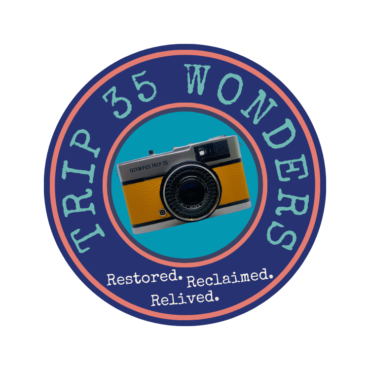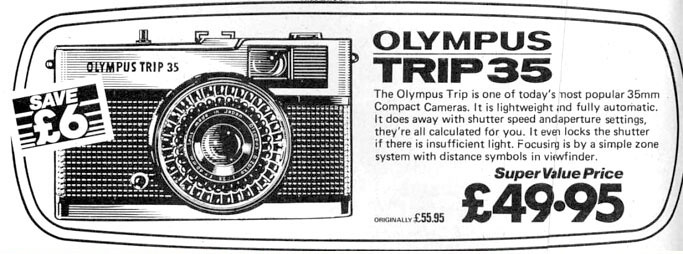
Introduction
The Olympus Trip 35 is a legendary compact film camera that gained immense popularity during the 1960s and 1970s.
Its simple yet effective design, coupled with high-quality optics, made it a favourite among amateur and professional photographers alike. The Trip 35’s automatic exposure system and versatile features contributed to its success in the photography world. The Trip 35 had one of the longest production runs of any camera. The Trip name is a reference to its intended market—people who wanted a compact, functional camera for days out, holidays or special events.
Invention and Development
Made by the Japanese photographic giant Olympus. The Trip 35 was to become nothing less than a game changer in photography. The idea for the Olympus Trip 35 originated in the late 1960s, during a time when compact cameras were becoming increasingly popular. The design team at Olympus, led by legendary engineer Yoshihisa Maitani, aimed to create a camera that was easy to use yet capable of delivering impressive results.
Maitani’s innovative approach led to the incorporation of a selenium cell light meter, which allowed the Trip 35 to automatically adjust its exposure settings based on ambient light conditions. This feature, combined with a sharp Zuiko lens and a sturdy build, set the Trip 35 apart from its competitors.
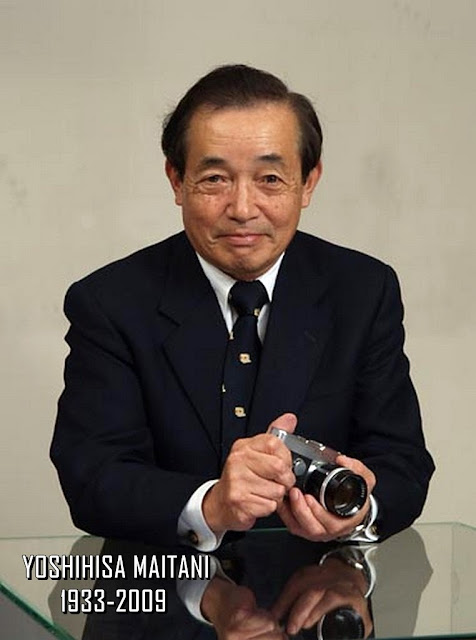
Launch and Initial Reception
The Olympus Trip 35 was officially launched in 1967 and quickly garnered positive reviews from photographers and critics. Its compact size, reliable performance, and affordable price point made it a popular choice for travel, street photography, and everyday use. Olympus’s marketing campaigns, highlighting the camera’s ease of use and versatility, further contributed to its success. Production ceased in 1984 and it is estimated that approximately 7.5 million cameras were sold.
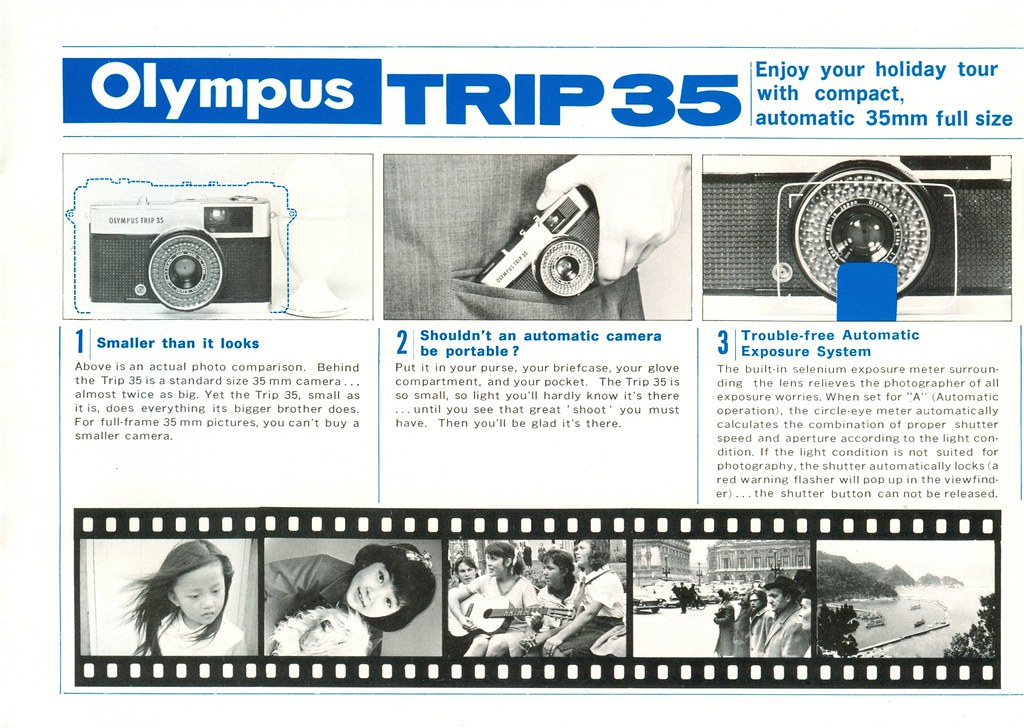
Technical Specifications
The Olympus Trip 35 boasted very impressive technical specifications for its time.
It featured a Zuiko 40mm f/2.8 lens renowned for its sharpness and clarity. The camera’s automatic exposure system, coupled with a “manual” override option , gave photographers some flexibility in capturing the perfect shot. With shutter speeds ranging from 1/40 to 1/200 seconds and aperture settings from f/2.8 to f/22, the Trip 35 was suitable for various lighting conditions and photographic styles. It used standard 35mm film, making it accessible to a wide range of users.
Popularity and Cultural Impact
During the 1970s and 1980s, the Olympus Trip 35 became synonymous with portable, reliable photography. Its iconic design and user-friendly features made it a favourite among travellers, street photographers, and hobbyists. The camera’s popularity extended beyond professional circles, influencing popular culture and appearing in films, advertisements, and magazines. During the 1970s, it was the subject of a famous advertising campaign that featured popular British photographer David Bailey.
Legacy and Continued Use
Although digital photography has largely replaced film cameras, the Olympus Trip 35 maintains a strong legacy among photography enthusiasts. Its mechanical simplicity, coupled with timeless design elements, continues to appeal to collectors and photographers who appreciate analogue photography. Many photographers still use the Trip 35 for its unique aesthetic and manual control options, showcasing its enduring appeal in the digital age.
Collectability and Value
Due to its cult status and historical significance, the Olympus Trip 35 has become a sought-after collectible among camera enthusiasts and those seeking to take up film photography.
Well-maintained and functional Trip 35 cameras can command significant prices in the vintage camera market. Factors such as rarity, condition, and included accessories influence the camera’s value, with limited edition models or variants in pristine condition fetching premium prices.

A fully refurbished and serviced Olympus Trip 35 camera from “Have A Nice Trip” ready for a new home.
Summary
Amazing to think that it is 58 years since the Olympus Trip 35 was born, more than half a century that saw it become one of the most popular and sought after film cameras ever made. The Trip 35 was in production for a staggering 17 years, the last of them only coming off the assembly lines in 1984. Throughout its long and successful production life, the Trip 35 only saw very minor changes internally and externally. The most obvious was the switch from a chrome to a black plastic shutter release button in June 1978.
The Olympus Trip 35 remains a landmark camera in the history of photography, symbolising an era of innovation and accessibility in analogue photography. Its blend of simplicity, performance, and iconic design has secured its place as a timeless classic, cherished by photographers and collectors worldwide.
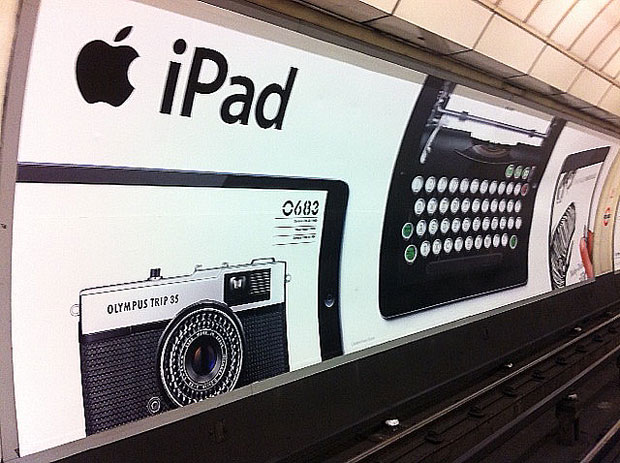
Even today, the Olympus Trip 35 is an iconic emblem for engineering and technology advancement and the interest in this beautiful camera never seems to diminish.





